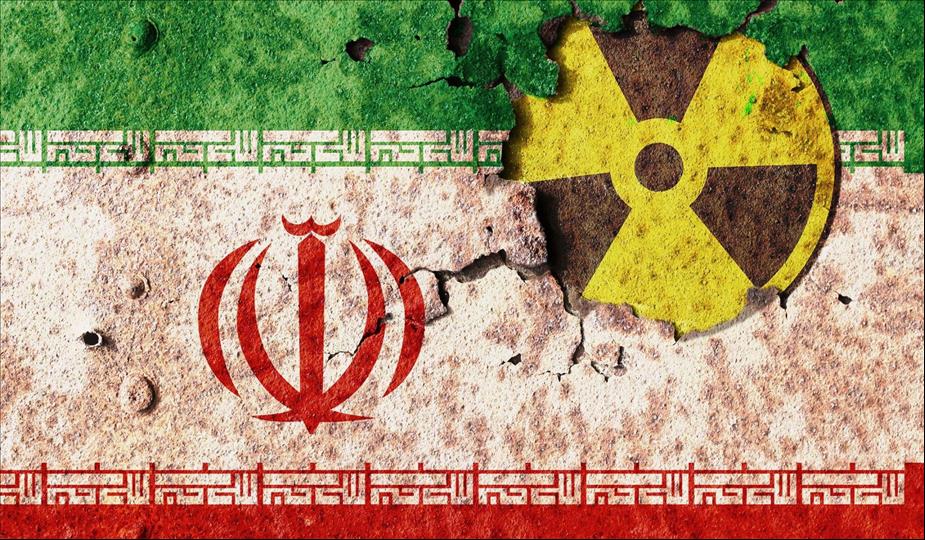
JCPOA Fiasco: IAEA Control Mechanism Shrinks, Iran Benefits
During this period, Iran has essentially carried out its nuclearactivities unabated. While the International Atomic Energy Agency(IAEA) has often identified suspicious components of Iran's nuclearprogram, Iran has constantly refuted these charges or sought toemphasize its transparency efforts.
The JCPOA came into effect in January 2016. However, in May2018, the US withdrew from the plan, and sanctions were imposed onIran in November of the same year. In 2020, Iran said that it wouldno longer comply with the constraints specified in the Iran nucleardeal.
The IAEA has expressed concern about its limited monitoring ofIran's nuclear facilities, citing Iran's recurrent advances inuranium enrichment. In response, Iran defends its actions, claimingthe right to take unilateral measures in its nuclear programwithout being held accountable to any other institution.
Furthermore, towards the end of 2020, the Iranian parliamentdecided to implement a nuclear strategic plan in response to theintroduction of sanctions. Following this decision, the countrydelayed the implementation of other procedures and protocolsstipulated in the nuclear accord until February 23rd of the sameyear. At the same time, the IAEA's verification mechanism was cutby 20-30 percent.
It is obvious that without constant monitoring, suspicions canarise at any time. Iran's refusal to offer IAEA inspectors accessto all nuclear sites, as well as its refusal to allow cameras tomonitor every action, only adds to these fears. The IAEA and otherstakeholders are concerned about Iran's decision to enrich uraniumbeyond the agreed-upon level of 3.67 percent, boosting it to 20percent and potentially 60 percent. Despite Iran's insistence thatit has no interest in nuclear weapons, its activities createconcerns.
On December 26, 2023, media reports cited the IAEA, revealingthat since late November 2023, Iran has been rapidly enrichinguranium to 60 percent at its Natanz and Fordow nuclear facilities means that each month, the amount of uranium enriched to thislevel has been increasing by approximately 9 kilograms.
If Iran reaches the 60 percent uranium enrichment level, thepossibility of building an atomic bomb becomes much more realistic put it in perspective, the volume of enriched uranium needed forjust one atomic bomb is 42 kilograms. Currently, Iran possessesenough 60 percent enriched uranium to potentially produce threeatomic bombs, and this enrichment process is advancing swiftly.
While neither side has verified that Iran has created an atomicbomb, the capability could quickly become a reality, with Iranpotentially announcing weapon readiness within a few months.
The issue is that current conflicts around the world,particularly in Ukraine and the Middle East, have drawn attentionaway from Iran's nuclear activities. As a result, Iran is allowedto continue its enrichment programs virtually unfettered. It isactively expanding its centrifuge numbers for uranium enrichment,pursuing various enrichment strategies, and collecting considerableamounts of enriched uranium within its borders.

Legal Disclaimer:
MENAFN provides the
information “as is” without warranty of any kind. We do not accept
any responsibility or liability for the accuracy, content, images,
videos, licenses, completeness, legality, or reliability of the information
contained in this article. If you have any complaints or copyright
issues related to this article, kindly contact the provider above.


















Comments
No comment